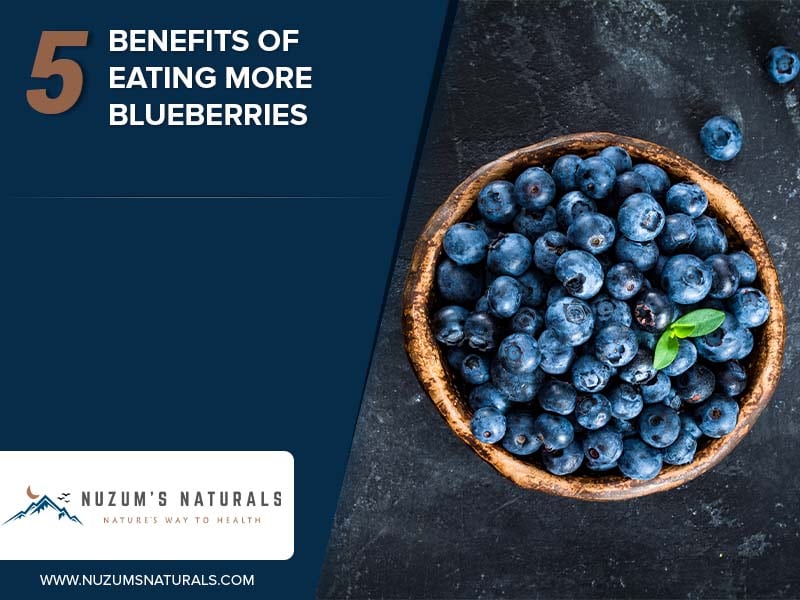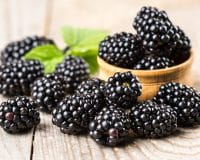8 Things To Know About Heavy Metals And Some Detox Tips
When present in the human body, heavy metals serve no beneficial role. They almost always interfere with normal biological processes instead. They do this partly by binding to proteins in the body that would otherwise be activated by normally occurring minerals like magnesium and zinc. This causes massive cellular interference, oxidative stress, and chronic inflammation. In this article, we will share with you information about exposure to heavy metals and how to detox your body and improve your overall health.
First, we will teach you about acute versus chronic exposure and the symptoms. Then, we will cover some of the metals to watch out for, like mercury and cadmium. We’ll discuss what heavy metals are, the effects of aluminum, and then how to test for heavy metals. And finally, we’ll wrap up by talking about epigenetic changes. Once you have finished reading, you will know about heavy metal detoxification and how to use it to improve your overall health.

1Acute Versus Chronic Exposure
Something important to understand is that we are not referring to acute exposure to metals so much as we are to chronic exposure. Of course, there is an issue when someone is suddenly exposed to a large dose of a toxic metal that causes immediate toxicity. And there are ways of mitigating those damages in an emergency scenario.
What we need to understand, though, is that even low-level exposure to heavy metals over time can also have a detrimental impact on the body. This is why it is important to understand some of the common sources and ways that you can help your body eliminate them. Your body needs to do this daily if you want to maintain a vibrant level of health.

2The Symptoms Of Heavy Metal Exposure
The symptoms of chronic heavy metal exposure can vary depending on an individual’s health, exposure level, and the types of metals that they are exposed to. Someone with a robust detoxification ability will have a higher tolerance to heavy metals. Others could be extremely sensitive to even the smallest exposure.
Some of the most common symptoms include chronic fatigue, brain fog, mood swings, insomnia, anxiety, and depression. Chronic inflammation is also a symptom of heavy metal exposure. Several heavy metals have also been classified as cancer-causing agents.

3Mercury And Its Sources
Mercury is likely the most dangerous heavy metal in the environment. It is attracted to fatty substances, such as the brain, and may increase your chances of dealing with Alzheimer’s disease. It increases oxidative stress and inflammation, depletes antioxidants, and chronically overstimulates the brain. Eventually, this will lead to brain cell damage.
The common sources of mercury exposure are larger seafood (tuna, shark, swordfish, etc.), dental amalgams (silver tooth fillings), and some vaccinations (containing thimerosal). Mercury is stored in the brain, nervous system (myelin), liver, and kidneys. The health effects of mercury exposure are brain damage, brain fog, chronic fatigue, depression, headaches, poor memory, liver and kidney damage, increased risk of cardiovascular diseases, and neurodegenerative disorders (Alzheimer’s, Parkinson’s, multiple sclerosis).

4Cadmium And Its Effects
Cadmium is a water-soluble heavy metal. What that means is that once exposed, your body will absorb it somewhat easily. The mechanism by which cadmium harms the body is not fully known; however, it is helpful to understand its areas of storage and common health effects.
The common sources of exposure are tobacco, contaminated foods, and occupation (soldering, metalworking, battery manufacture). Cadmium is stored in the kidneys. The health effects are kidney damage and poor calcium metabolism (kidney stones, osteoporosis).
5What Heavy Metals Are
Heavy metals are metals that have a density of at least five g/cm3. It is generally understood that heavy metals have adverse effects on living organisms and the environment when present in large amounts. When present in the human body, they serve no beneficial role.
They almost always interfere with normal biological processes instead. They do this partly by binding to the proteins in the body that would otherwise be activated by normally occurring minerals like magnesium and zinc. This causes massive cellular interference, oxidative stress, and chronic inflammation.

6Aluminum And The Human Body
Aluminum is the third most common element in the earth’s crust and was once the number two metal used in manufacturing across the globe (second to steel). Aluminum is leached from the soil with increases in acid rain, which makes it more toxic to the body. Aluminum has no biological role in the body and inhibits the normal distribution of calcium, phosphorus, and iron. The common sources of exposure are processed foods, some vaccinations, antiperspirant deodorant, canned foods and drinks, and municipal tap water.
Aluminum can find a home in almost any tissue of the body. Health effects include poor cognitive function, bone disorders, neurodegeneration (Alzheimer’s), breast cancer, and anemia. While all of these metals are concerning in themselves, it is also important to note that some studies have shown a concerting effect. This means that having combined toxicity of several heavy metals may be exponentially more harmful than any one metal alone.

7Testing For Heavy Metals
There are generally three types of heavy metal testing strategies: blood, urine, and hair. The common downfall that these methods succumb to is not accounting for the fact that heavy metals can become deeply embedded in tissues. Generally, hair and urine tests can only measure the metals that an individual’s body can remove. Blood tests are typically only accurate after acute and recent exposure to heavy metals.
Generally, one of the best ways to get an idea of heavy metal levels in the body is to pull them from the tissues using a chelator (a substance that binds and detoxes heavy metals) and then measure what is excreted in the urine. This method is called a heavy metal challenge test. Typically, in a heavy metal challenge test, one will collect two separate urine samples: one before ingesting the chelator and one after. This gives an accurate picture of the toxic burden on the body.

8The Epigenetic Changes
While there are immediate ramifications of heavy metal exposure and accumulation, something that absolutely must be considered are the generational effects passed to the offspring. Research is now showing that heavy metals can change the expression of our genes in ways that are unfavorable for good health. Additionally, certain heavy metals can be passed directly from the mother to the fetus in utero.
This means that even if raised in a pristine environment (which is virtually impossible in today’s society), the ramifications of heavy metal toxicity can extend for several generations. Especially if not properly dealt with. This means that if you plan on raising healthy, vibrant children, you may want to consider testing and removing heavy metals from your system before conception.

Heavy metals serve no beneficial role when present in the human body. In most cases, heavy metals almost always interfere with normal biological processes instead. Proteins in the body that would otherwise be activated by normally occurring minerals like magnesium and zinc are what these heavy metals partly bind to. In this article, we shared with you information about exposure to heavy metals and how to detox your body and improve your overall health.
First, we taught you about acute versus chronic exposure and the symptoms. Then, we covered some of the metals to watch out for, like mercury and cadmium. We discussed what heavy metals are, the effects of aluminum on the body, and how to test for heavy metals. And finally, we wrapped up by talking about epigenetic changes. Now that you have finished reading, you know about heavy metal detoxification and how to use it to improve your overall health.




































